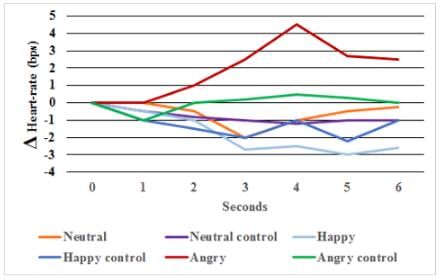Test: Social Behavior - MCAT MCQ
10 Questions MCQ Test Psychology and Sociology for MCAT - Test: Social Behavior
To test the mere exposure effect on familiar brand recall, researchers asked participants to watch four movies (10 minutes each): two without visible product labels (masked) and two with product labels in the center of the screen. Without previous notification the participants were tested on brand recall and to ensure brand familiarity. Afterwards, the participants rated which brands were preferred. What is a possible confounder to this study?
A link between the color red and attraction has been suggested as representing a physiologically based association. All previous research regarding this association was conducted on Western university students. A researcher traveled to a remote village with little Western contact and negative associations regarding red. The village lacked specific associations between red and attraction. It also displayed extremely conservative societal norms regarding sex. A previous study’s methodology was replicated with villagers of this tribe. Why did the researcher choose to replicate this study with this tribe?
| 1 Crore+ students have signed up on EduRev. Have you? Download the App |

In the study shown in the figure above, subjects were injected with testosterone and then shown pictures of faces displaying different facial expressions. A control group was shown the same pictures but did not receive the injection. The heart-rate was recorded for six seconds after injection. Results across subjects are averaged. Neutral control, happy control, and angry control did not receive the injection. Which conclusion is supported by the figure above?

In the study shown in the figure above, subjects were injected with testosterone and then shown pictures of faces displaying different facial expressions. A control group was shown the same pictures but did not receive the injection. The heart-rate was recorded for six seconds after injection. Results across subjects are averaged. Neutral control, happy control, and angry control did not receive the injection. Which conclusion is supported by the figure above?
How would a child that is described as having a secure attachment behave during the Strange Situation?
Which of these studies looked into attachment, comfort, and security as innate needs and the effects of maternal and social deprivation on development?
Altruistic punishment is the punishment of ‘someone’ for not punishing anti-social behavior. Why is this important for prosocial group functioning?
How would one describe the behaviors of an individual that enhance another individual’s or group’s fitness at a cost to that individual’s fitness?
|
339 videos|14 docs|42 tests
|
|
339 videos|14 docs|42 tests
|

















